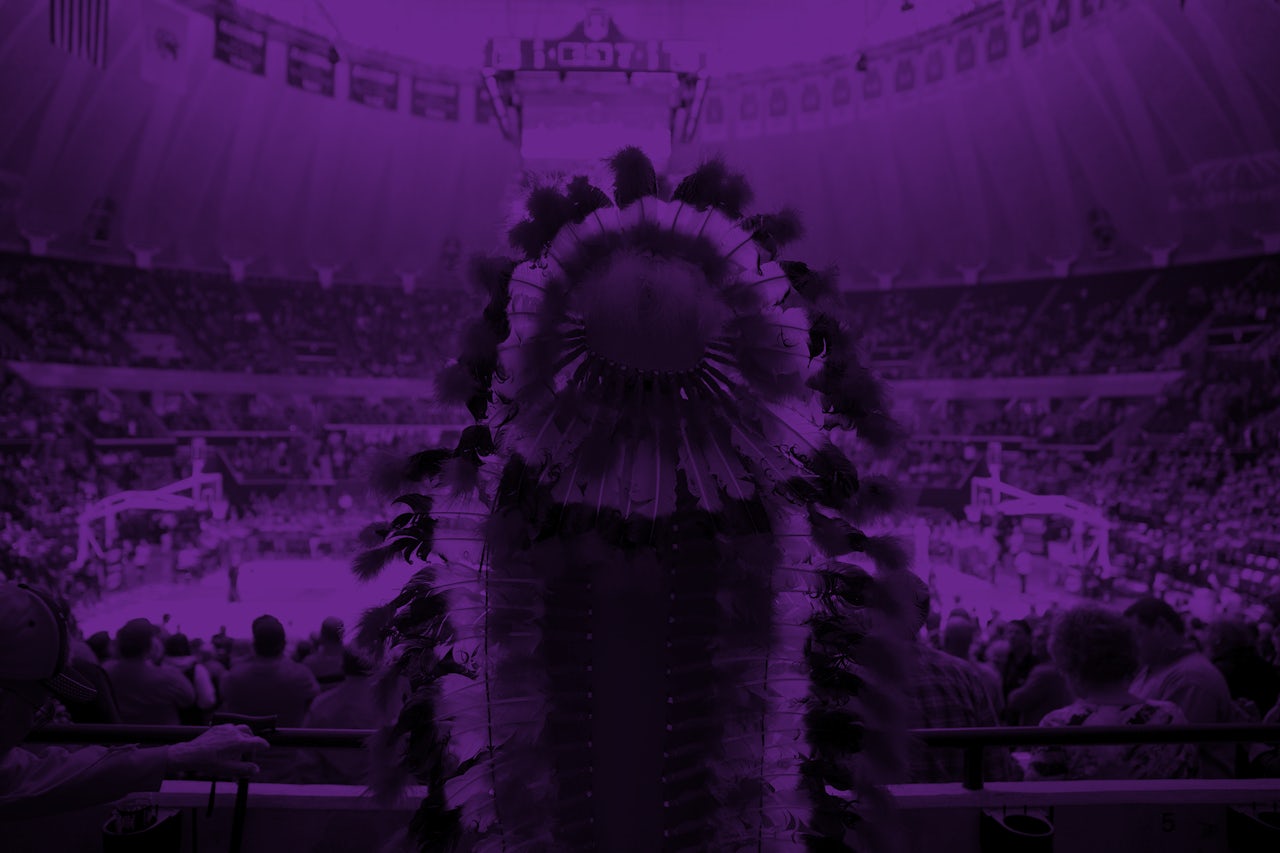Members of the Standing Rock Sioux Tribe and their allies spent years fighting the construction of the Dakota Access Pipeline before mainstream news outlets picked up on the story. The Sacred Stone Camp, established in April 2016 and the epicenter of anti-DAPL resistance, didn’t see a reporter representing a national outlet until September of that year. But before places like NPR, the New York Times, and CNN showed up, the most visible national outlet covering Standing Rock and the DAPL with consistency was Indian Country Today Media Network, and it was their thorough coverage that gave other non-Native news outlets a hint of where to start when it came to finally covering stories in Indian country. When those outlets left, ICTMN remained, covering the situation with consistency and from a Native perspective, as they do with all of their stories, even after it seems the world has grown tired of paying attention to news from Native communities.
From environmental law to business news to culture coverage, ICTMN reporters have been bringing Native and non-Native readers alike in-depth reporting centered on Indian country and providing national news through a Native lens since its launched in 2011. Formerly a weekly newspaper called Lakota Times founded in 1981 by journalist Tim Giago and renamed Indian Country Today in 1992, ICTMN used its online platform to bring news from Indian country to a wider audience. Nearly six years after its launch, ICTMN’s website garnered more than one million unique visitors a month.
But on September 4, ICTMN announced it would be ceasing active operations indefinitely while it explores alternate business models. “In short, no matter what happens in the coming months, we know we have already proven the value and necessity of journalism that respects and honors Native nations throughout the world,” wrote publisher Ray Halbritter in the official announcement. ICTMN appears to have succumbed to the financial struggles all media outlets are contending with today. The difference is that its absence creates a hole that other outlets, especially white-owned and -led ones, cannot easily fill.
“It was the place where we could provide the native lens on everything, not just things that affected our community and not just say Thanksgiving or Native American mascots,” Simon Moya-Smith, ICTMN’s culture editor, told The Outline. “This was the place where even mainstream news [readers] would come to read about natives today or our response to Trump, our response to everything, and providing that native lens is something that pre-internet pre-social media people didn't know where to get.” As Moya-Smith explained, mainstream news coverage of indigenous people and communities, when it happens, is ever-rife with reference to antiquated stereotypes or just straight-up racist language. Non-Native reporters openly debate whether or not slurs for Native people are actually offensive, as with coverage of protests against the Washington football team. Traditional tribal songs are described as “chants”, as in some coverage of the water protectors at Standing Rock. Tribal nations and their members are lumped into an otherized mass.
We provided a platform for the Native voice. We reported Native stories when others wouldn't. We were a Native lens.
— Simon Moya-Smith (@SimonMoyaSmith) September 4, 2017
This is a sad day. https://t.co/mRyPFGzBeO
Consistent, culturally informed coverage of Indian country and issues through a Native lens is not limited to ICTMN. There are approximately 400 Native-run news publications and outlets in the U.S., most with a regional or community focus. But ICTMN was the most visible national outlet with a substantial national readership and staff. Plus, besides being an outlet, ICTMN was a valued employer, as Jason Begay, an Assistant Professor of journalism at the University of Montana and at the school’s Native News Project, told The Outline. “Not only is this one less outlet where people can read about these specific ideas and these stories, but there's also one less outlet where people can make at least a little bit of money producing news,” said Begay. “One of the things that I'm seeing trying to recruit native Americans into journalism is it's not really seen as a money-making job venture anymore. So [ICTMN’s closure] could also have a big effect on the enthusiasm that young people have for journalism in Indian Country.” According to the 2016 American Society of News Editors Diversity Survey, only .39 percent of U.S. newsroom workforces identify as American Indians. Most newsrooms don’t employ any Native journalists or editors at all. Meanwhile, American Indian/Alaska Natives make up .9 percent of the U.S.’s population as a whole.
We talked about this story on our daily podcast, The Outline World Dispatch. Subscribe on Apple Podcasts or wherever you listen.
Despite mainstream news outlets’ lack of Native editors and reporters reporting covering Native issues, not to mention the bleakness the news media industry in general, not all optimism is lost in the Native journalist community. “There are definitely good organizations that are covering their own communities and doing that very well,” Rebecca Landsberry, Executive Director of the Native American Journalists Association, told The Outline. “I'm hesitant to say that someone could actually take ICT’s place in the media landscape at this particular moment. But I think that there are organizations that are primed to kind of encapsulate some of that coverage that they were producing for Native communities… Them being gone will push more community coverage.”
Still, ICTMN’s fate is still up in the air. “We can hardly get mainstream media to care about covering Indian country the way they cover other communities of color,” said Moya-Smith. “So that's why I'm more or less thinking that to get the money necessary [to get ICTMN running again] is going to be far more difficult than I think people understand.” The possible end of ICTMN is a huge loss for the entire news media industry in the U.S., but it does not mean that reporters like Moya-Smith will stop doing their important work. Nor will other less popular platforms like Native News Online and News From Indian Country simply give up. But with one of the biggest, most-visible Native-owned and -led news platforms out of the picture for an indefinite amount of time, that gap will only further highlight just how few resources mainstream news outlets are dedicating to not only reporting on Indian country, but to making sure their newsrooms include Native reporters and editors.



